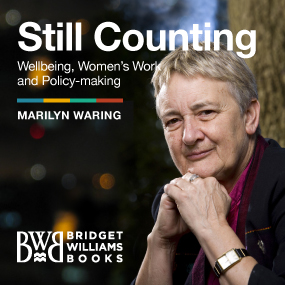Climate Change Already Hurting Māori Communities
Eight months have passed since the powerful Cyclone Gabrielle struck northern New Zealand, killing 11 people and displacing more than 10,000. The storm’s path across the Hawke’s Bay region was indiscriminate: it pummelled low-rent housing alongside million-dollar homes, wineries, orchards and factories. But the barriers to recovery here highlight the double whammy dealt to Indigenous communities by climate change, as extreme weather events exacerbate already high rates of homelessness and economic disadvantage. The Washington Post’s Rachel Pannett reports on the effects.
In parts of Hawke’s Bay, February’s cyclone is in the rearview. Streets have been tidied up. Insurance claims lodged. Levees repaired. Meanwhile, communities like remote Tangoio face painful choices about their future after authorities declared their land too risky to reinhabit, Pannett writes.
“Some of these marae don’t have any other land if you take them off that flood plain,” said Bayden Barber, chairman of Ngāti Kahungunu, the main iwi in the region. “They used to own that whole region. That in itself is a travesty. And now climate change is pushing our people off the last little bit of whenua that they actually own,” Barber said.
Original article by Rachel Pannett, The Washington Post, October 27, 2023.
Photo by Te Aho Jordan.














